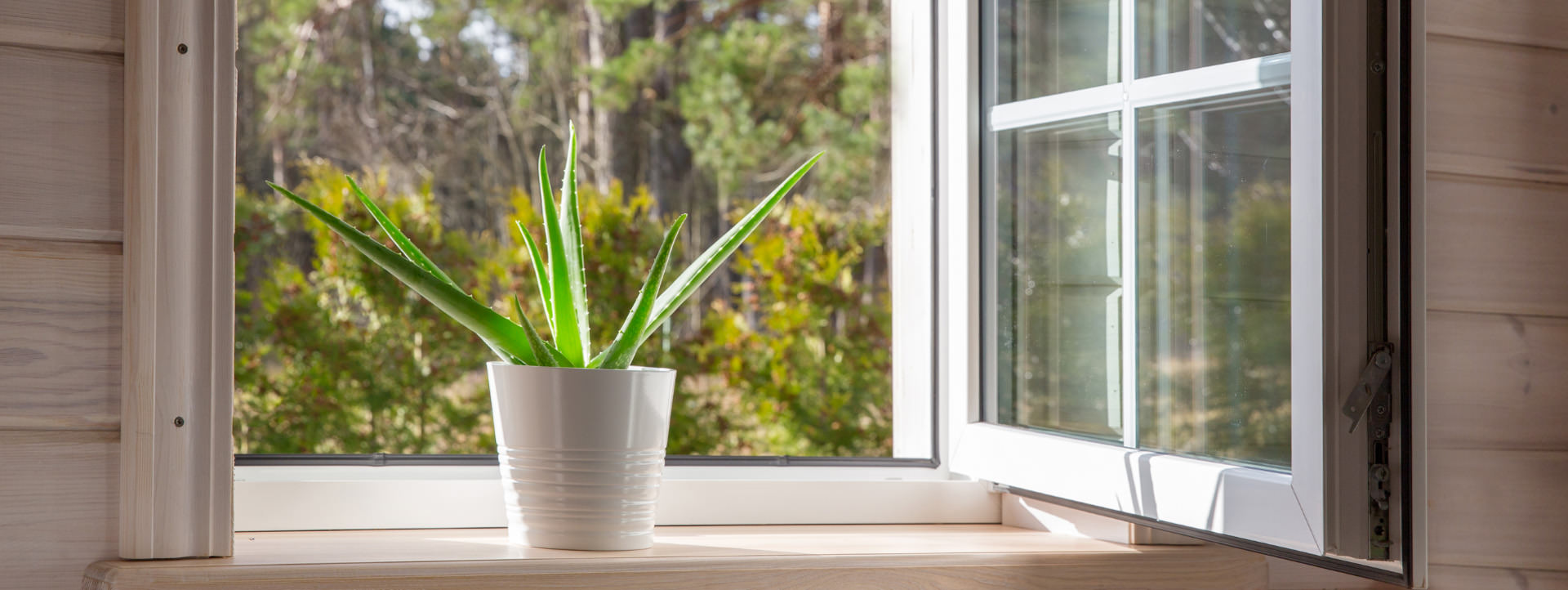
Timber - PVC - Aluminium - Windows, Doors & Conservatories in Dorset
How to save on your home energy bills
How to save on your home energy bills
With winds blowing in from the Arctic, the past couple of weeks have been a reminder that in the UK in January and February it’s cold and that home energy efficiency, despite global warming still counts.
Heat lost through windows
Heat lost through windows accounts for around 25 per cent of the total heat lost from your home. Energy efficient windows and doors can cut this heat loss by up to 75 per cent.
In a detached three bedroom home, according to the Energy Saving Trust, this can equate to an annual saving over and above single – and in many cases, older double-glazed windows – of up to £160 a year in heating bills.
They work using two sheets of glass in the case of double and three, for triple-glazed units with a gap in between – usually about 16mm – to create an insulating barrier that keeps heat in. Performance is further enhanced using warm-edge spacers, low emissivity gases, for example, argon, xenon or krypton to fill the gap and low-iron glass.
So what do you need to know about choosing energy efficient windows and doors? Well, the first thing is how their performance is rated.
Window Energy Ratings
There are two systems for rating the performance of windows and doors – U-values and Window Energy Ratings (WERs). U-Values assess a product on how effective it is at keeping heat in or how much heat is lost through it, as a single measure of performance.
Window Energy Ratings do the same and use the U-Value (heat loss) but also balance heat loss against solar gain (warmth which passes into the room from the sun) and also throw into the mix additional heat loss through air penetration, giving windows a ranking from ‘A/A+’ to ‘G’ using a ‘traffic-light’ type colour code.
To meet building regulations, all new windows must achieve a minimum WER ‘C’ rating or U-value of 1.6 or less. Windows fitted today – whether timber, PVC or aluminium – go far beyond this minimum. For example, at KJM we supply an energy saving triple-glazed window with a U-value as low as 0.8W/m².K and WER off the A+ scale.
Despite their high U-value, it doesn’t necessarily follow that triple-glazed products will always be better or even the right choice for your home. A huge number of factors come into play, the most critical of which is aspect and the direction that they will face.
Triple Glazed Windows
Triple glazed windows may make sense on very exposed and north facing aspects but in keeping warmth in there’s also a trade-off. The extra pane of glass used in triple-glazed insulated units means that less energy from the sun passes through the window. This means that the opportunity to tap into the warmth generated by winter sunshine (when we have it!), is reduced compared to that of double-glazing.
Frame material type is less of a factor in performance than glass. Timber and PVC-U products achieve the highest energy efficiency ratings, with PVC-U frames using multiple chambers to create barriers between cold air outside and warm air within the home.
Aluminium as a metal is more conductive which can make it harder to achieve the top ratings. However there is again a trade-off in often slimmer sightlines and greater design flexibility.
Things to consider when choosing energy efficient windows and doors:
- Your supplier – Make sure that they subscribe to a UKAS accredited competent person scheme. It doesn’t matter what they may be capable of achieving, windows won’t perform if they’re installed badly.
- Will that be a triple or double [glazed unit]?! The aspect of your property and its location is key. Triple glazing will keep more heat in but it also costs more. Is it right for your home or will double do? Your supplier should be able to talk you through the benefits of each.
- Material type – All material types are today far more energy efficient than they were even just a few years ago but PVC-U and timber continue to have the edge on aluminium.
- Ventilation – this is something often overlooked. Energy efficient windows and doors seal your property, is adequately ventilated or are trickle vents, which support a controlled air-flow needed?
- Condensation – energy efficient windows will help you to reduce condensation but don’t expect them to eliminate it. If the moisture content is high in your home, or in a particular part of your property for example kitchen or bathroom, condensation will continue to form on windows. Just open them for a while! External condensation is another thought for energy efficient windows.
For more information on energy efficient windows and doors email sales@kjmgroup.co.uk or call 01264 359355.
The Energy Saving Trust offers useful advice on choosing energy efficient windows and doors: www.energysavingtrust.org.uk/domestic/energy-efficient-windows .
The Glass and Glazing Federation has also created and Energy Saving Calculator, to help homeowners work out how much they can save: http://www.ggf.org.uk/energy-savings-calculator .













